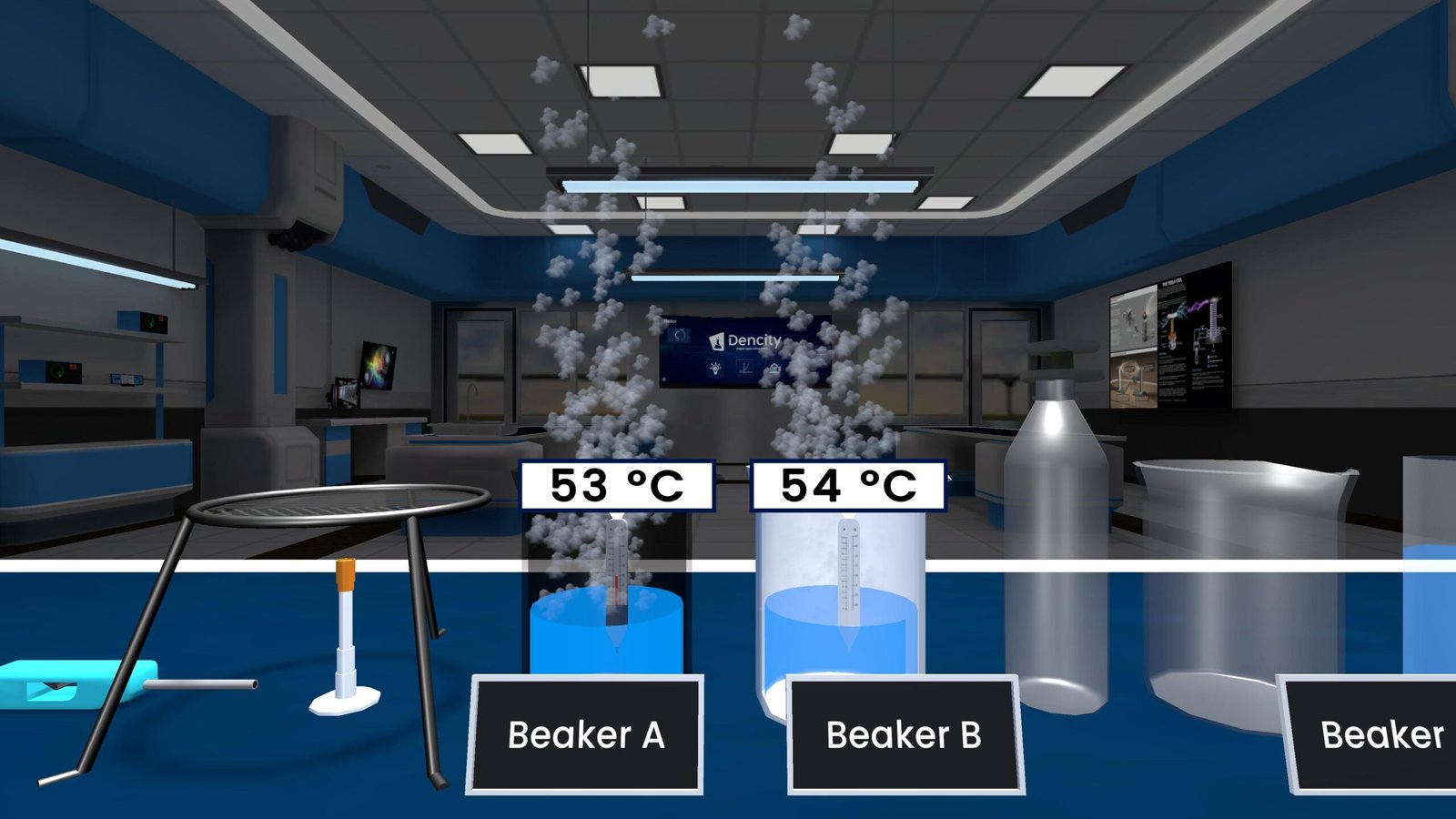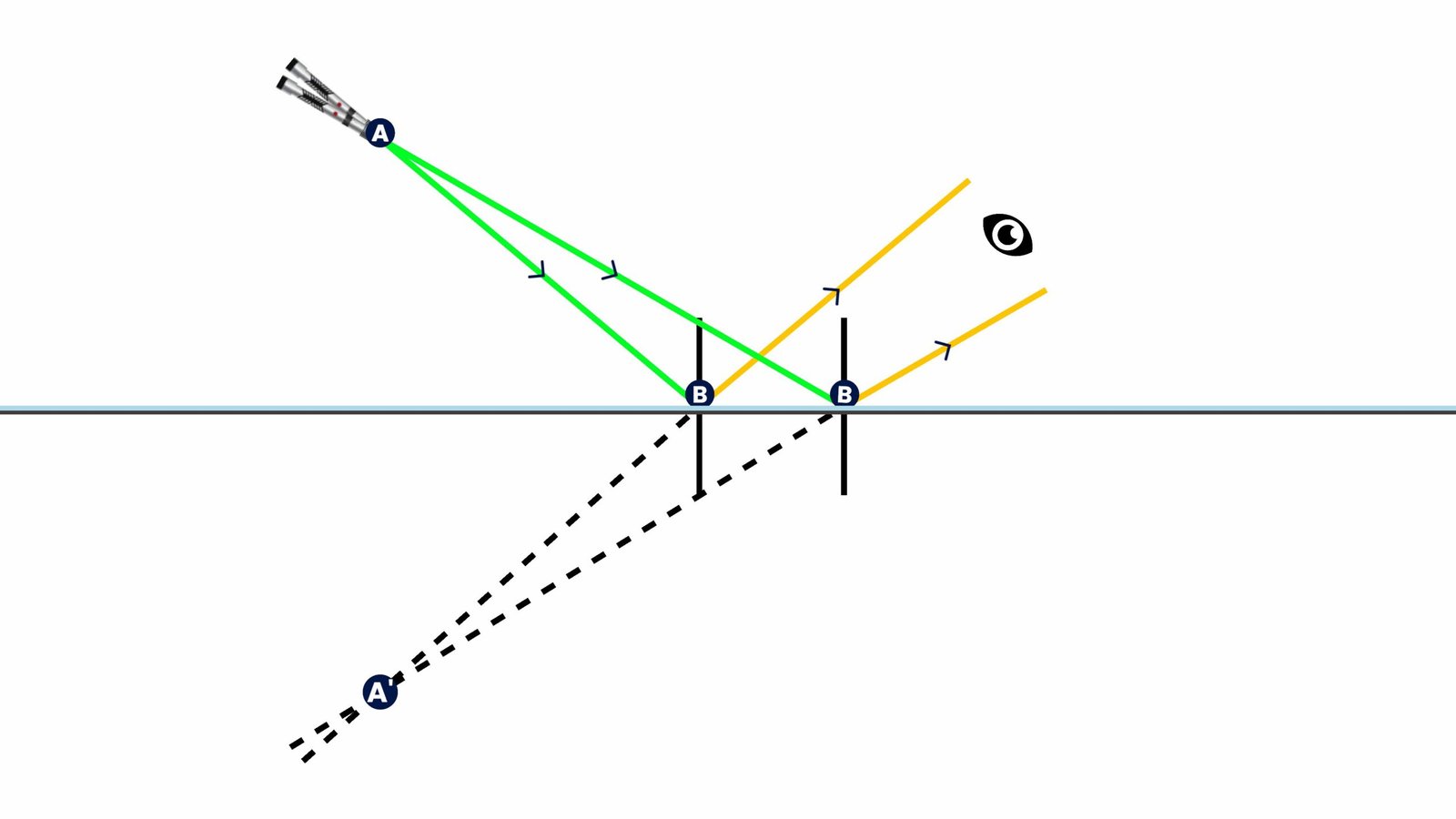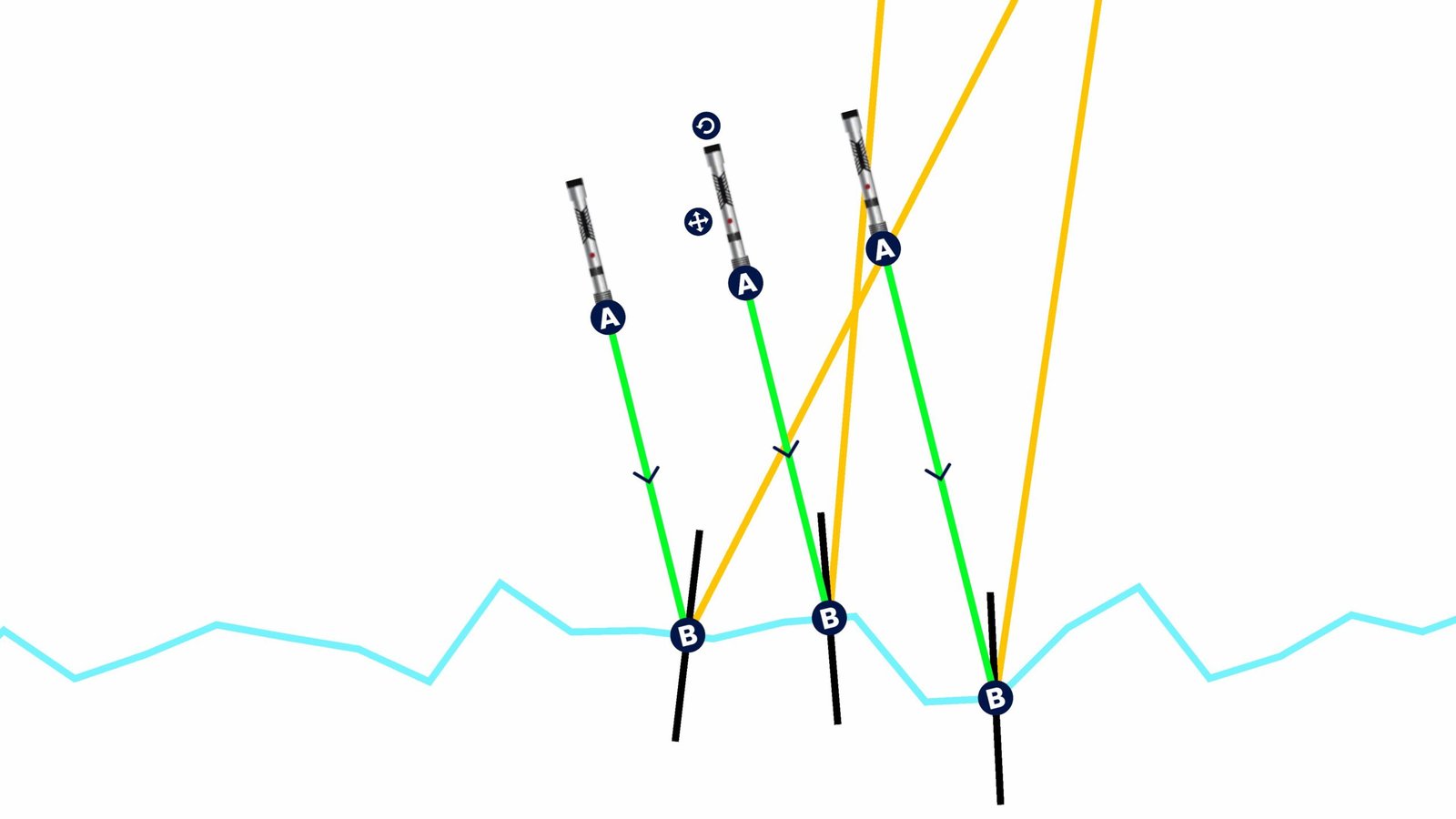Lewis Structure Experiment – Class 11 Science
The Lewis structure is a simple yet powerful way to visualize how atoms bond in a molecule. It uses dots and lines to represent valence electrons and bonds, helping students understand the basic rules of chemical bonding.
What is a Lewis Structure?
A Lewis structure is a diagram that shows how atoms are bonded together in a molecule. It displays:
- Valence electrons (the outermost electrons) as dots.
- Bonds as lines between atoms.
- Lone pairs (non-bonding electrons) as extra dots around atoms.
This method is especially helpful when learning how atoms follow the octet rule where they try to have 8 electrons in their outer shell to be stable (except hydrogen, which follows the duet rule and wants only 2).
How Lewis Structures Work
Each element has a specific number of valence electrons:
- Hydrogen (H) – 1 electron → forms 1 bond
- Carbon (C) – 4 electrons → forms 4 bonds
- Nitrogen (N) – 5 electrons → forms 3 bonds and 1 lone pair
- Oxygen (O) – 6 electrons → forms 2 bonds and 2 lone pairs
- Chlorine (Cl) – 7 electrons → forms 1 bond and has 3 lone pairs
When drawing Lewis structures:
- Electrons are paired up to form covalent bonds.
- Unpaired electrons stay as lone pairs.
- The goal is to form stable structures with minimum formal charges.
Real Life Uses of Lewis Structures
Lewis structures are crucial in:
- Understanding chemical bonding.
- Predicting molecular shapes and polarity.
- Studying chemical reactivity and mechanisms.
- Designing new compounds and medicines in industries like pharmaceuticals.
Key Observations in Lewis Structures
- Carbon forms 4 bonds.
- Oxygen forms 2 bonds and has 2 lone pairs.
- Nitrogen forms 3 bonds with 1 lone pair.
- Hydrogen forms only 1 bond.
- Chlorine forms 1 bond and has 3 lone pairs.
Summary Table
| Atom | Symbol | Electrons | Bonds Formed |
|---|---|---|---|
| Hydrogen | H | 1 | 1 (duet rule) |
| Carbon | C | 4 | 4 |
| Nitrogen | N | 5 | 3 |
| Oxygen | O | 6 | 2 |
| Chlorine | Cl | 7 | 1 |
Experience Lewis Structures in Dencity
Dencity makes learning Lewis Structures fun and interactive. With our virtual science lab, students from Class 11 Science can draw and simulate different molecules, observe bonding behavior, and manipulate electrons to form stable structures.
In Dencity’s science app, you can:
- Build molecules atom-by-atom.
- Place electrons and form covalent bonds.
- Get instant feedback and corrections.
- Explore how different atoms follow the octet or duet rules.
This not only builds concept clarity but also improves problem-solving and critical thinking—essential for any future scientist.
Dencity for Teachers
Dencity promotes interactive teaching with:
- Virtual classrooms for live molecule construction.
- Student control of the simulation for better engagement.
- Homework tools to assign tasks on Lewis structures in under 30 seconds.
- Progress reports for tracking each student’s understanding.
- Visual teaching aids that go far beyond chalk-and-talk.
Works Perfectly on Interactive Touch Panels
Dencity is optimized for interactive touch panels in classrooms, enabling teachers to draw structures live on screen. Students can interact with the experiment by simply touching and placing atoms and electrons—making interactive learning smooth, visual, and intuitive.
Want to Bring Dencity to Your Institution?
We offer custom pricing and demo sessions tailored for schools, coaching centers, and ed-tech setups. Let your classrooms evolve with the power of virtual science labs. Contact us today!
10 Frequently Asked Questions
1. What is a Lewis structure used for?
To show how atoms bond and share electrons in a molecule.
2. What do the dots in a Lewis structure represent?
They represent valence electrons.
3. What rule does the Lewis structure follow?
The octet rule for most atoms, and the duet rule for hydrogen.
4. Why is hydrogen special in Lewis structures?
Hydrogen only needs 2 electrons to be stable, unlike most atoms that need 8.
5. What does a line between two atoms mean?
It represents a shared pair of electrons, i.e., a covalent bond.
6. Can you use Lewis structures to predict molecular shapes?
Yes, they help predict shapes and polarity.
7. Why does oxygen form 2 bonds?
Oxygen has 6 valence electrons, so it needs 2 more to complete its octet.
8. What is a lone pair?
A pair of non-bonding electrons on an atom.
9. Why are Lewis structures important in chemistry?
They help in understanding chemical bonding, reactivity, and mechanisms.
10. How does Dencity help with this topic?
Dencity lets students draw, interact, and learn Lewis structures virtually, making it easier to understand and fun to practice.
Explore science in a whole new way with the Dencity virtual lab – where learning is interactive, fun, and just a click away.







